Since time began humans have looked for more and more effective ways of killing and maiming each other. For this end poison has always been a popular, if not a little sophisticated, choice. Even back in ancient times the rich, powerful and unpopular would employ a food taster to check whether their goat’s head soup had been dosed.
Poisoning has long been a popular way to murder those around you and the choice of assassins. It is subtle – hard to detect, effective and the culprit doesn’t even have to be on the scene of the crime. There is also the advantage that you don’t need strength or skill plus it’s great if you are a little squeamish about killing people. This may be why there have been so many documented women poisoners throughout history.
The list I have compiled here is not just a list of the top 10 most toxic substances known to man. That would be too easy and not really relevant to anyone. This list is all those deadly poisons that have, over the years, been used by humans to kill each other; either individually or en masse.
10. Arsenic
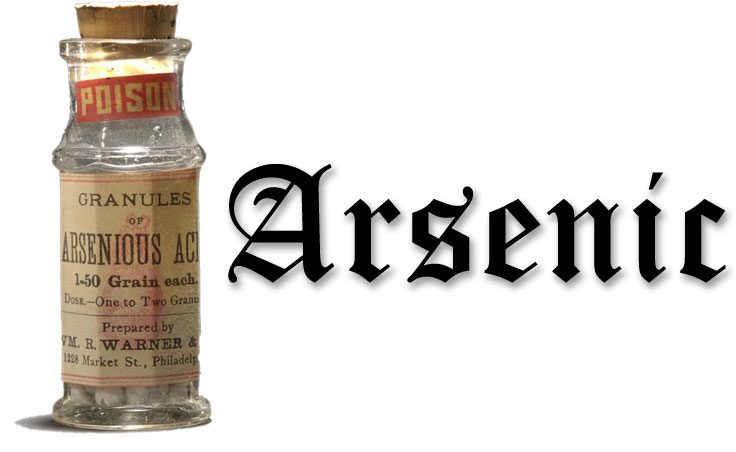
Arsenic is one of the classics. Hugely popular up to Victorian times, it was both easy to acquire and effective. It seems they couldn’t get enough of it, being a common ingredient in any number of household products from wallpaper to paints. Arsenic poisoning occurred accidentally from all these and natural sources with notable cases such as the loopy King George III of Britain.
The superficial effects of arsenic poisoning are jaundice and a skin rash, but this tends to be after a long build up. Acute poisoning from a high dose results in intense gastric distress – basically everything goes wrong with your gut causing vomiting, diarrhea and bleeding, along with pain.
Death follows convulsions and coma with circulatory failure being the ultimate cause. This may happen within a few hours of ingestion.
9. Mustard Gas
Mustard gas, or sulfur mustard, shot to popularity in World War I. It was obviously decided that being pounded by heavy artillery in the trenches wasn’t sufficiently unpleasant so German scientists invented the chemical weapon. The name comes from the yellow-brown colour of the gas and the garlic like smell. However, no cooking ingredients were used in its manufacture – the active ingredient is highly reactive chlorine.
Despite only being fatal in around 1% of cases I’m including mustard gas because of its horrific nature. Its mode of action is basically to burn any part of the body it comes into contact with, whether that be skin, eyes or lungs. It forms large blisters on the skin and lungs and can even damage DNA leading to cancer. The gas is also capable of penetrating clothes and remaining active in the soil for prolonged periods.
In fatal cases the cause of death is usually the result of burns or damage to the lungs causing suffocation. There is also a great risk of secondary infections from bacteria as with other serious burns.
8. Cyanide
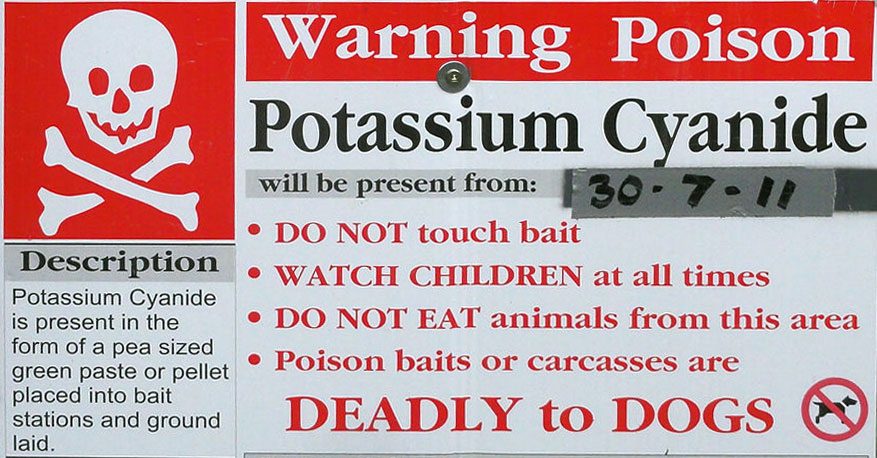
Cyanide is one of the best known of all poisons. Perhaps best known as the suicide pills reputedly carried by secret agents it was also the active ingredient in the gas (Zyklon B) used by the Nazis in extermination camps such as Auschwitz. There is little doubt as to the effectiveness of this poison with death occurring almost immediately. Cyanide works by preventing cellular respiration; i.e. the body stops producing energy at the very lowest level causing what is termed “internal asphyxia”. This manifests itself in rapid breathing, dizziness, nausea, headache and ultimately convulsions.
Cyanide comes in two main forms hydrogen cyanide which is a gas and potassium cyanide which is a white powder. It occurs naturally in the stones of apricots, several plants and even apple pips. Whatever the source it is recognisable by a bitter-almond smell.
7. Strychnine
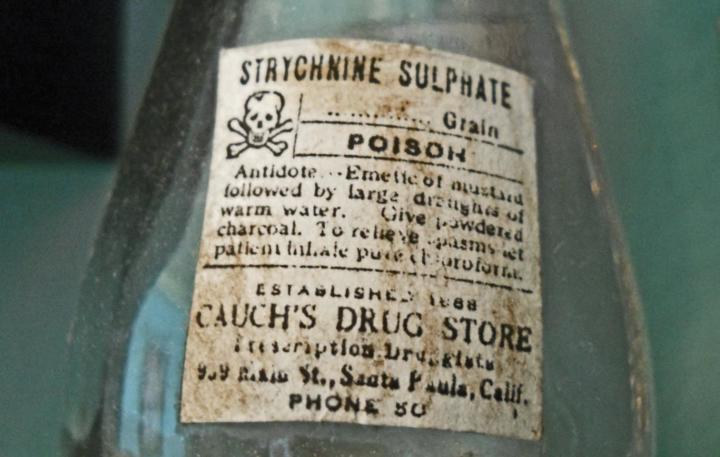
Another of the old favourites, Strychnine is infamous for its dramatic and painful effects. It works by attacking the central nervous system causing all the muscles in the body to violently contract at the same time. Such is the intensity of these convulsions that the victim will appear to “jackknife” back and forth in the latter stages of the poisoning.
Death occurs within 2 to 3 hours of ingestion and whilst usually the result of asphyxiation due to paralysis of the respiratory pathways it can also be caused by exhaustion from the convulsions.
Strychnine is derived from the seed of the dog button plant (Strychnos nux-vomica) which grows in tropical areas. In the past it was used to treat a wide range of medical conditions. These days though its primary use is as a pesticide and rat poison, however, some drug dealers apparently add it to heroine to smooth the effects!
6. Ricin
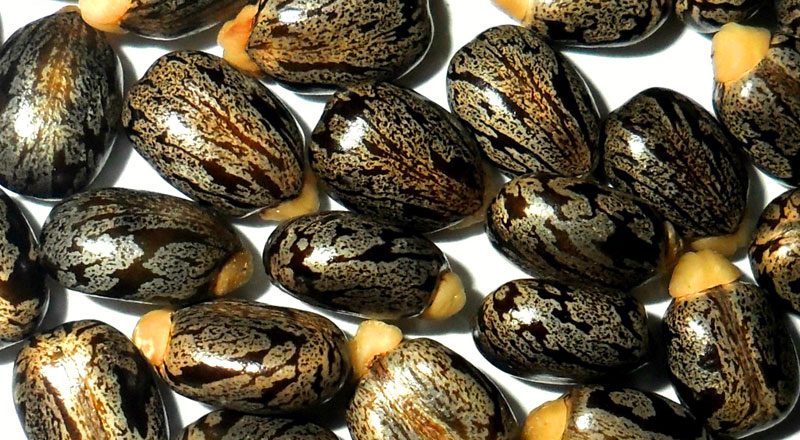
Whilst castor oil may be touted for its health giving properties the other product of this plant (Ricinus communis) is the polar opposite. A dose of less than a sprinkling of salt will kill an adult. It is derived from the castor bean and it is the part that is left behind after the oil is extracted that is poisonous. Ingestion of ricin is actually not often fatal as it is difficult to digest; it is much more dangerous if inhaled or injected. That said the most common form of poisoning occurs from eating castor beans – why anyone would do this I have no idea but as few as 5 beans could prove fatal.
Ricin acts by preventing protein synthesis. This means cells slowly grind to a halt and essential operations cease as enzymes aren’t produced. It may take up to a day for symptoms to show and these will vary depending on the method of exposure.
Ricin is so good at killing people that both the USA and Russia stockpiled it as a chemical weapon. It is thought to have been used by Sadam Hussein on his own people and is linked to the KGB murder of a Bulgarian writer in London.
5. Sarin
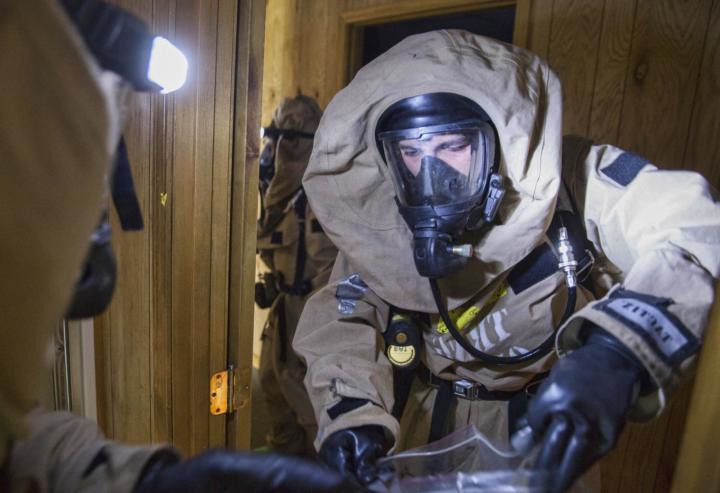
Sarin was made famous by the attacks on the Tokyo subway by the lunatic religious cult Aum Shinrikyo in the mid 1990s. The fact that fatalities were relatively low does not reflect the toxicity of this nerve agent. Developed as a chemical weapon in WWII sarin is a deadly organophosphate also known as GB and is reputedly 26 times more deadly than cyanide.
The mode of action for all nerve agents is to prevent nerve endings from switching off. Death results from loss of control of the muscles required for breathing and asphyxiation. The immediate effects of the toxin are a loss of control of bodily functions. Convulsions follow along with coma and death within an hour.
Sarin is one of the “Killer B’s”, the symptoms of exposure to which are described in the mnemonic “SLUDGE” – Salivation, Lacrimation, Urination, Defecation, Gastrointestinal distress, and Emesis. Nice!
4. VX
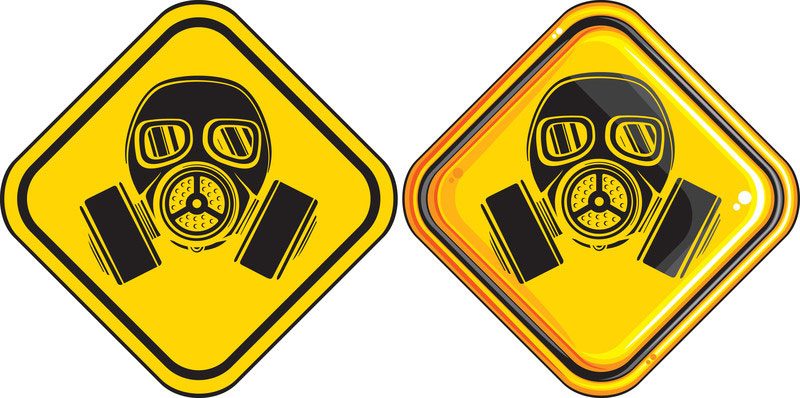
The United Kingdom can be proud to have developed what is the most potent nerve agent on Earth. So deadly was this toxin that they codenamed it “Purple Possum”! Unlike virtually every other poison on this list VX does not occur naturally, it is completely man-made and was developed to kill as effectively as possible. The good news is it was banned in 1993 meaning the USA have had to dump its stockpiles. Russia are meanwhile in the process.
Symptoms are as with sarin but VX is more potent. These may begin within seconds of exposure and death is likely to result from respiratory failure.
VX is the chemical that features in the 1996 film “The Rock” in which San Francisco is threatened with attack. It is also believed that VX was responsible for the deaths of 6,000 sheep in an incident known as the Skull Valley sheep kill in Utah near a US Army testing base.
3. Arrow poison frog

Primarily the batrachotoxin poisons from the skin of certain frog species has been used to coat the tips of hunting darts by certain Amazonian Indians. Given human nature, I imagine a few of these darts have ended up finding a human target with lethal effect. Batrachotoxin is collected from the toxic secretions of frogs from the Dendrobatidae family although it can also be found in some beetles and birds. The golden poison dart frog is around the size of the end of your thumb yet contains enough venom to kill 10 men! For this reason poison dart frogs can afford to be outrageously brightly coloured.
Batrachotoxin is the most powerful naturally occurring neurotoxin with a dose equivalent to just 2 grains of table salt being enough to kill an adult human. It works in tow ways; both as a neurotoxin, causing paralysis and as a cardiotoxin, directly effecting the heart muscles. This makes death almost inevitable and within a matter of minutes.
2. Polonium

The element polonium is the ultimate 21st century poison and has been linked to the deaths of Russian dissidents and even Palestinian leader, Yasser Arafat. It is intensely toxic to living things and as such has no known biological role. In its commonest form, Polonium 210 it is reportedly 250,000 times more toxic than hydrogen cyanide. This toxicity is radioactive in nature and caused by the release of alpha particles which damage organic tissue. Alpha particles cannot penetrate the skin but if the polonium is ingested, inhaled or injected it is lethal in the tiniest of doses. In theory a single gram of polonium 210 could kill 10 million people. If the acute effects of radiation poisoning don’t kill you then some form of cancer probably will.
Being a radioactive element, polonium is fortunately both difficult to acquire and handle. This means it is largely reserved for use by governments.
1. Botulinum toxin
Whilst it is impractical to kill using isolated botulinum toxin I’m including it here due to the staggering toxicity of this naturally occurring poison. It is the most poisonous substance known to man. It is estimated that a single teaspoon of botulinum toxin would be sufficient to kill over 1 billion people.
Obviously these figures made the toxin irresistible to weapons developers and it is believed that Sadam era Iraq may have concentrated enough botulinum toxin to wipe out everyone on Earth, 3 times over.
The toxin is produced by the bacterium Clostridium botulinum which can be found worldwide. In its lethal form it is most commonly encountered as botulism occurring when food contaminated with the bacteria is consumed. This form of food poisoning has killed countless people over the ages but is easily avoided by heating the food to over 100 degrees C for a minute. Botulism has been used as a method to murder people on a number of occasions through purposely contaminating food. Botulism can also occur from infected wounds. These days botulism is rarely fatal. In serious cases the neurotoxin causes a wide range of symptoms from paralysis to breakdown of internal organs and death.
Ironically botulinum toxin has found a role in the medical and cosmetic world. It is used to treat excessive sweating, migraine headaches and unsightly wrinkles on lady’s foreheads in the from of Botox. It was estimated that one gram of the toxin was enough to satisfy the worlds annual requirement of Botox.
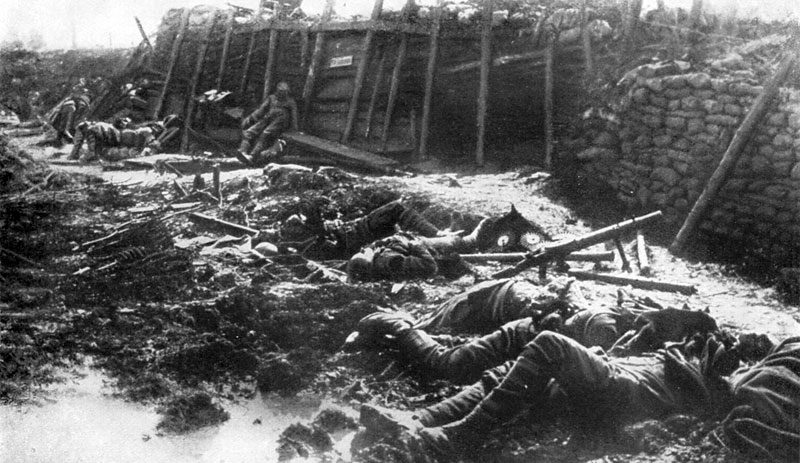

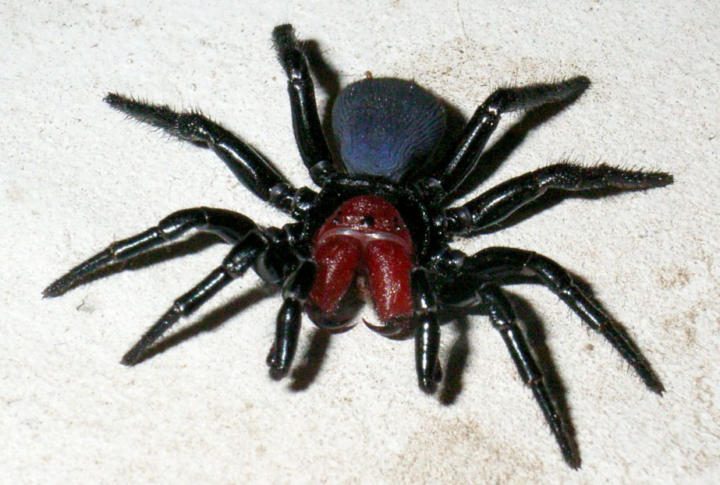
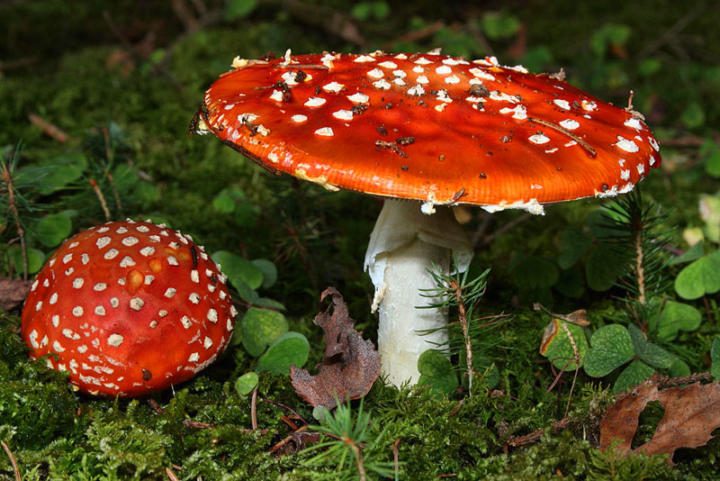
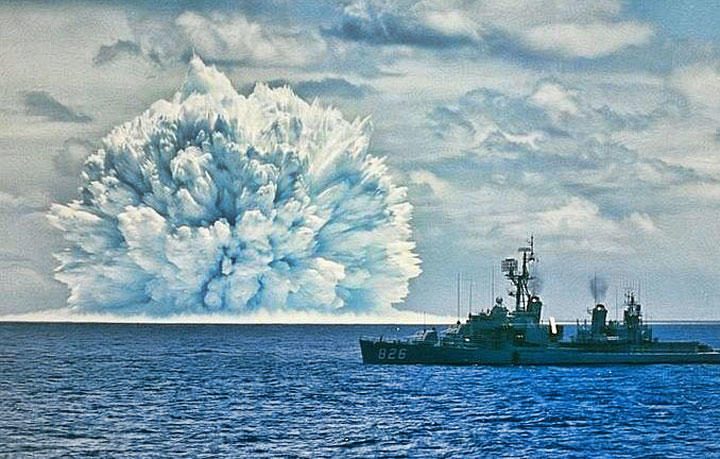
I need a food tester.
I noticed my ex wife’s cooking didn’t make the list
hehe lol
This list should include Thallium, which has been called “the poisoner’s poison” for how difficult it is to detect. The symptoms reflect many other poisons and illnesses, so the only way to determine whether someone has been poisoned is to shine a light through the victim’s pee (green light is absorbed by thallium). Thallium has a notorious history as a poison, Yes, Arsenic may have a longer history of poisonings than Thallium, but its symptoms are easily recognizable and today poisoners don’t use arsenic because it is easy to detect. Also there is the matter of deadliness, in which Thallium comes in 7th on this list, with an average fatal dose of 15 milligrams. I was also a little surprised that mustard gas only made 9th, considering that the estimated death count is 100,000, which dwarfs most of the rest of the poisons on this page.
Its been said in mainstream media that Sarin gas was used by the Nazis
Is this true ? And what of Novichok ?
I know its not especially deadly and has been used for milennia as a medicine
(eg Alexander) but lets keep the romance alive for Hemlock (ie the noble demise
of Socrates)